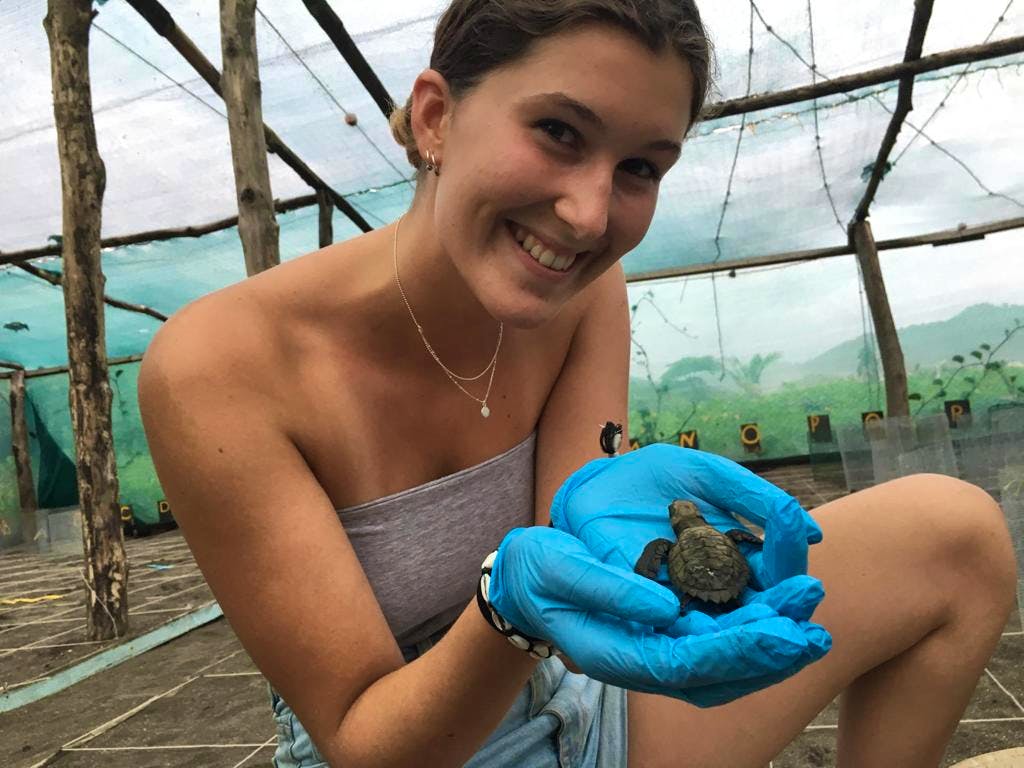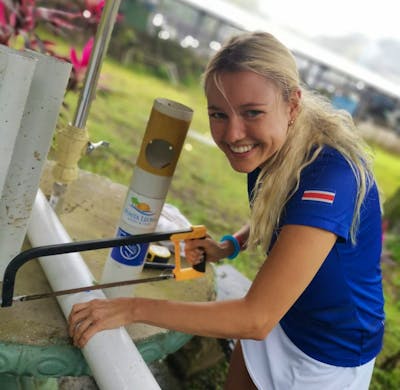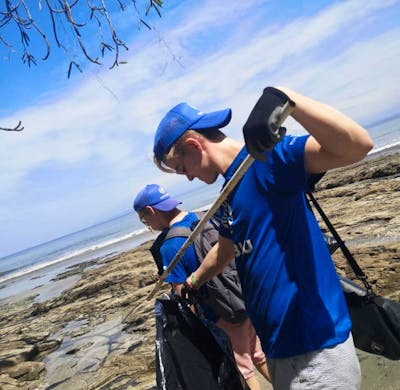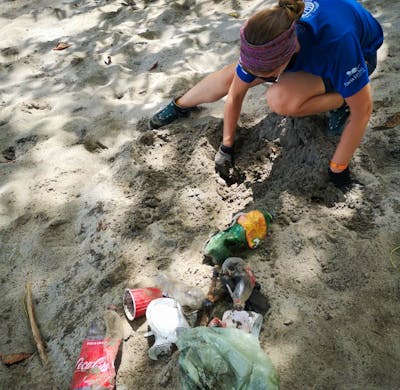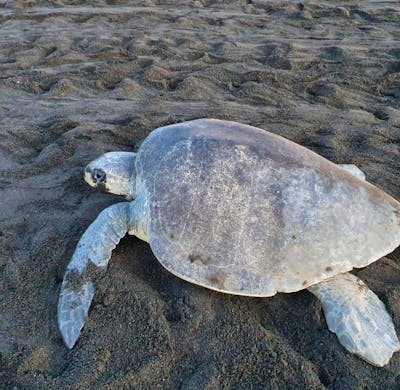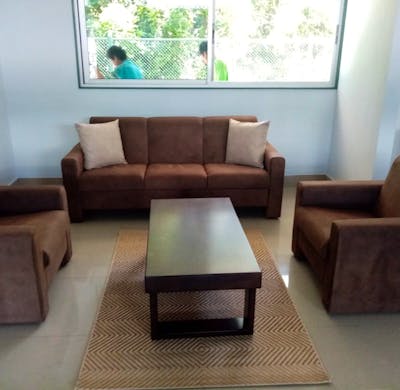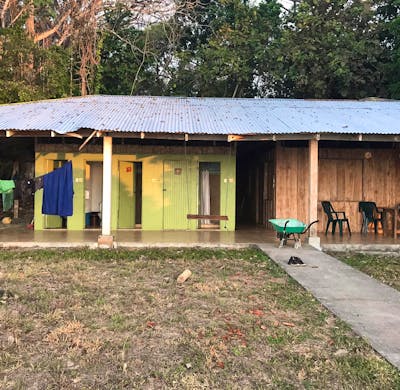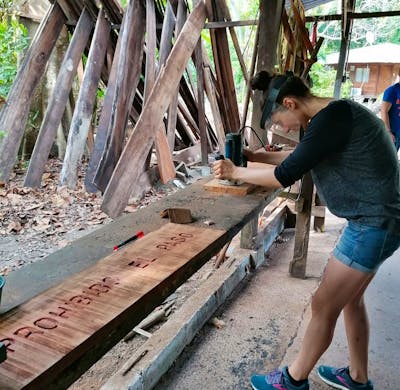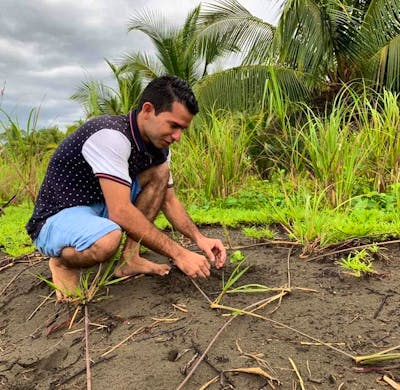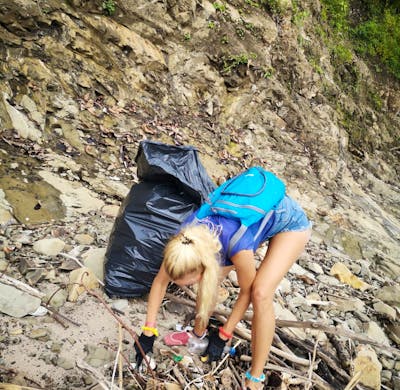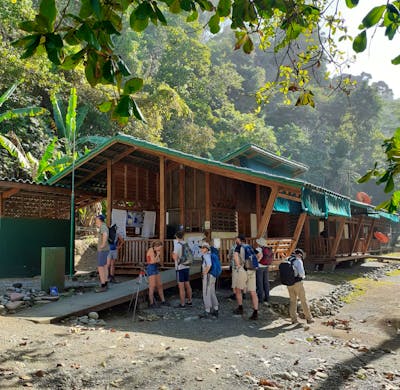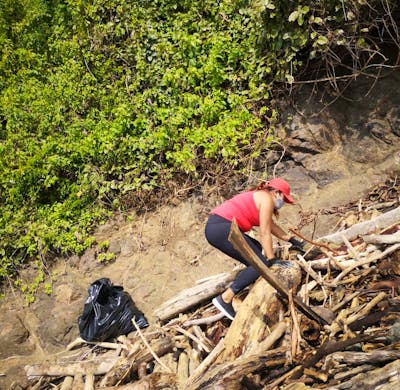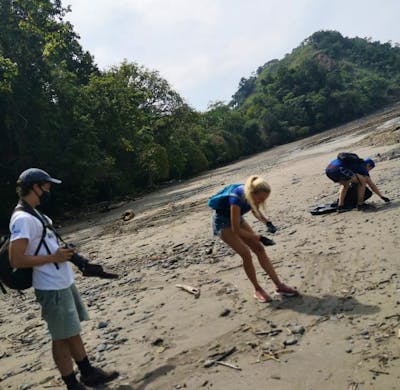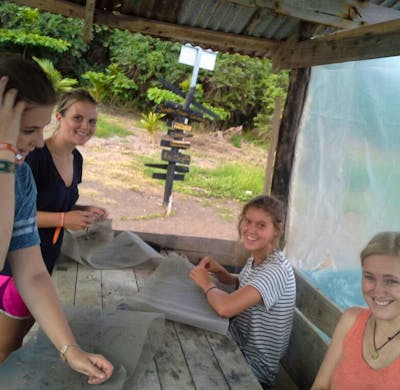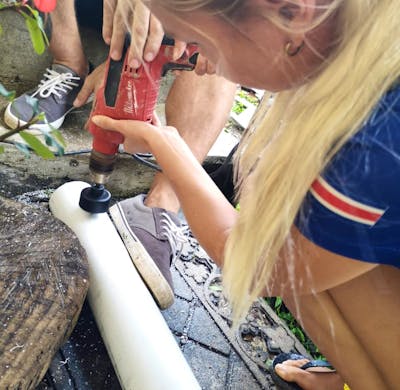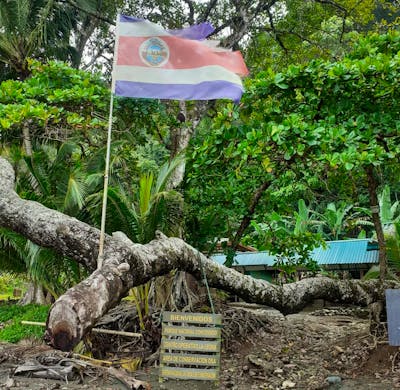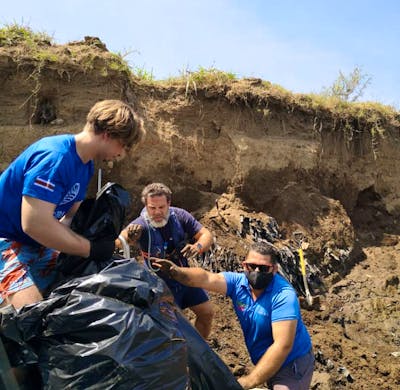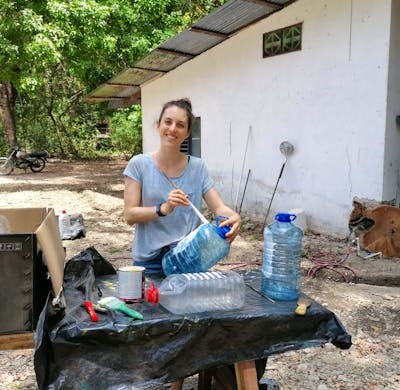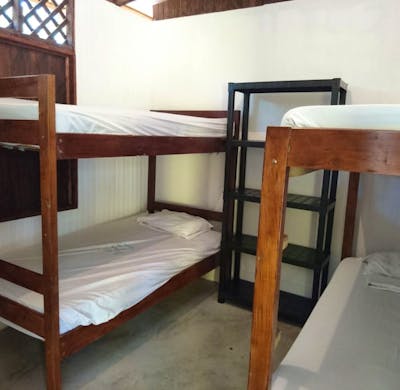from 373€
Save the Turtles and Beach Clean-Up In Junquillal
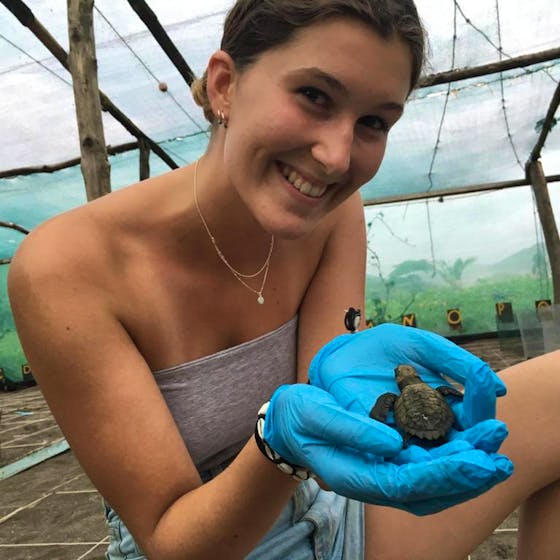
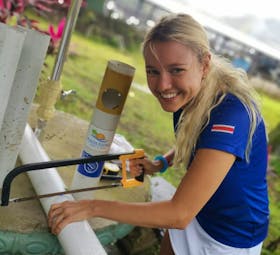
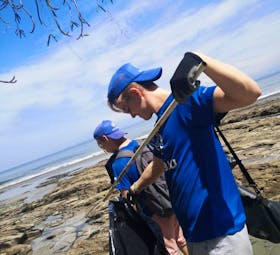
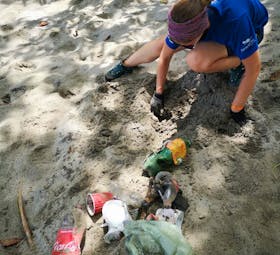
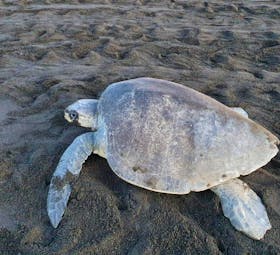
Highlights
- Volunteer and be part of organized beach cleanups in order to protect our oceans
- Achieve successful results through collaborating with your local team
- Be in contact with a beautiful places, surrounded by nature, and three awesome beaches when doing cleaning activities
- Be assured that you are safe and enjoy all the activities the program has to offer
- Participate in free time activities for free
Especially suitable
About the program
Join us to help with community and environmental related tasks and especially to rescue the sea turtles and Beach Cleaning.
The main reason for this project is to protect our Biodiversity from all the dangers that threaten it: such as humans, pollution, etc. It is for this reason that your help as a Volunteer is very important.
We work with all the Natioional Parks of Costa Rica, Wildlife Refuge, Wetlands, Biological and ...
Typical day
1. BEACH CLEANING:
Schedule:
Volunteer work schedules are generally in the morning hours, 8am till noon 12:00am. Since walking the beach is sometimes tiring to do all day long. We divide our work day in morning or afternoon shifts. / 8am-12:00am or 1:00 pm
Weather is better in the morning for the ...
Free-time activities
Beyond the adventure: While other programs offer stunning sunsets and rainforest hikes, ours goes beyond the typical itinerary. Jenny, your dedicated program leader, weaves in personalized touches and meticulous attention to detail, crafting an experience tailored just for you so you can feel part ...
Requirements
What's Included
What's NOT included?
Details on arrival
Volunteers can arrive any day of the week in daily hours.
Minimum stay: 14 days
Volunteers arrives to San Jose, staying at our hostel (price included), the next day preferably Monday morning take a bus that takes them to a nearby town, (3 hours), then another bus is taken to another community (30 minutes) and must then take a boat that takes them to the project (30 minutes).
Program fees
Meet your organization

Volunteer Now Costa Rica
Non-profit - founded in 2004
Verified by Volunteer World
Coordinated by

Jenny
About the project
87 reviews ·  4.4
4.4
Location

You might also be interested in
-
Families with small kids
Ocean Cleaning
Plastic Reduction
Sea Turtle Conservation
Waste Reduction
Voluntouring
Mission Trips
Sea Turtles Costa Rica
Global Volunteer Opportunities
Best Volunteer Programs
Planning a Gap Year in Costa Rica
Projects Abroad
Couples
Adults
Group Volunteering
Nature Volunteering
Family Volunteering in Costa Rica
Marine Conservation in Costa Rica
Latin America
50 Plus Volunteering
Family Volunteering
